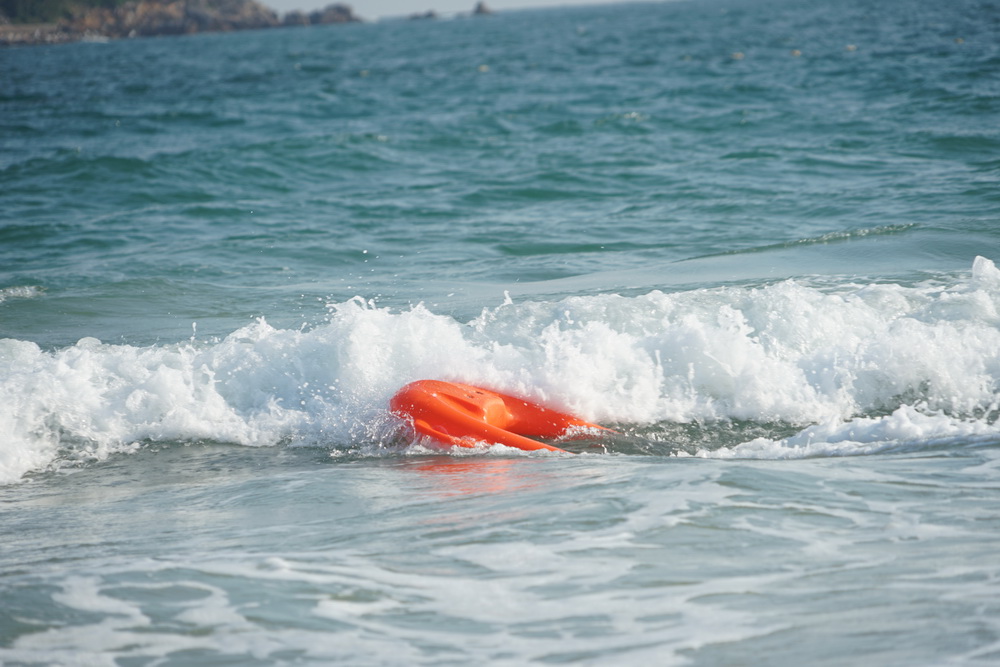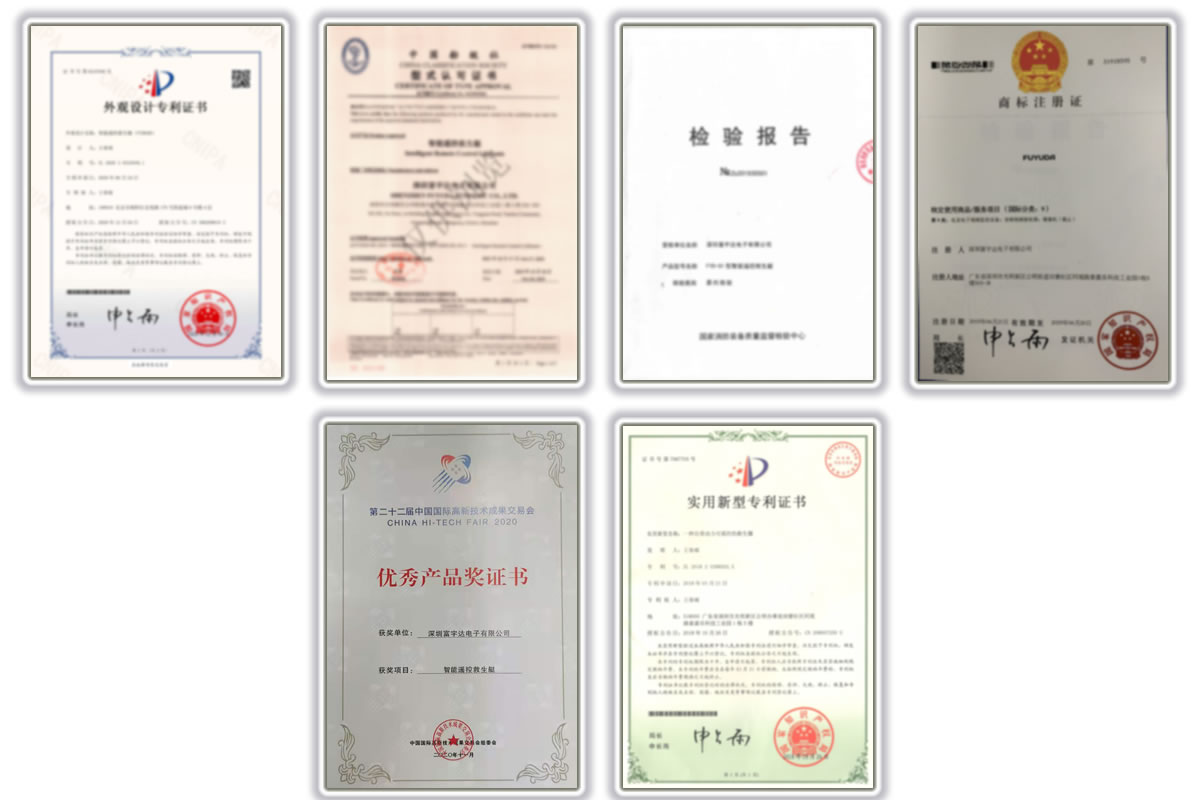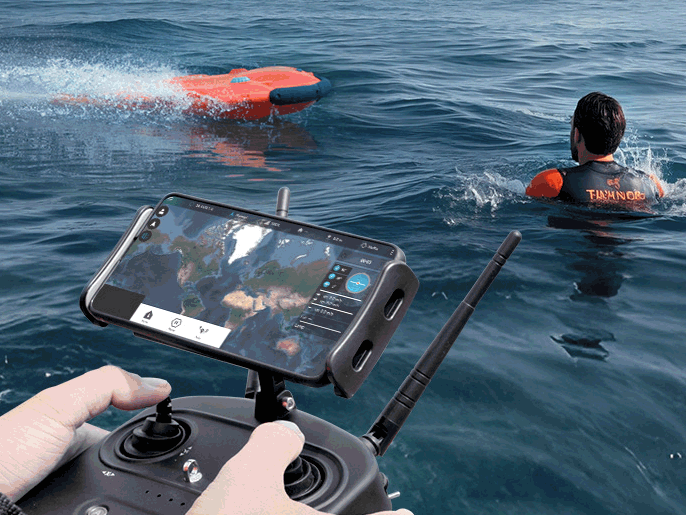随着我国水域安全管理意识的不断提升,各地政府及应急管理部门对智能化、高效化水上救援装备的需求日益增长。遥控救援飞翼作为近年来新兴的智能水域救援设备,凭借其操作便捷、响应迅速、安全性高等优势,逐渐成为政府采购中的重点装备之一。本文将围绕“遥控救援飞翼”在政府采购项目中的实际需求,从功能性能、应用场景、采购标准、售后服务等多个维度进行深入分析,为相关单位制定采购方案提供参考依据。
一、遥控救援飞翼 的核心功能需求
在政府采购中,遥控救援飞翼的核心功能是评估产品是否达标的关键。首先,设备需具备稳定的远程遥控能力,控制距离应达到300米以上,确保救援人员可在安全区域操作。其次,飞行或滑行速度应不低于5米/秒,以实现快速抵达落水者位置。此外,设备必须配备防水摄像头与实时图传系统,便于指挥中心掌握现场情况。续航能力方面,单次充电工作时间不少于30分钟,支持快速充电或电池更换机制,满足连续作业需求。
二、遥控救援飞翼 的典型应用场景分析
遥控救援飞翼 广泛适用于多种复杂水域环境,包括江河、湖泊、水库、近海海域以及汛期洪涝灾害现场。在政府应急管理体系中,该设备可部署于消防救援支队、水上公安、海事局、应急管理厅等单位。例如,在突发性溺水事件中,传统救生方式受限于水流、距离或夜间能见度低等因素,而遥控救援飞翼 能够第一时间抵达目标区域,为专业救援争取宝贵时间。同时,其U型结构设计便于落水者抓握,提升救援成功率。
三、遥控救援飞翼 的采购技术标准建议
为保障采购质量,政府项目通常要求供应商提供符合国家标准或行业规范的产品。建议在招标文件中明确以下技术参数:设备重量不超过20公斤,便于单人携带与投放;具备GPS定位与自动返航功能;通过IP67及以上等级防水测试;支持多语言遥控界面;并通过第三方权威机构的安全检测认证(如CE、RoHS等)。同时,鼓励采用环保材料和模块化设计,提升设备的可持续使用性。
四、遥控救援飞翼 的售后服务与培训配套要求
政府采购不仅关注产品本身,更重视全生命周期的服务支持。因此,供应商应提供不少于两年的整机质保,并在全国范围内设立服务网点或合作维修点。针对使用单位,需提供定制化操作培训课程,包括基础操控、应急处理、日常维护等内容,并出具培训合格证书。此外,建立远程技术支持平台,实现故障诊断与软件升级的在线服务,进一步提升设备可用性。
五、遥控救援飞翼 在智慧应急体系中的战略价值
将遥控救援飞翼 纳入政府智慧应急装备体系,有助于推动救援模式由“人力主导”向“科技赋能”转型。通过与无人机、救生艇、监控系统联动,构建空-水一体化智能救援网络,显著提升突发事件应对效率。未来,随着AI识别、自动追踪等技术的融合,遥控救援飞翼 将在防灾减灾、公共安全等领域发挥更大作用,成为现代化应急管理体系的重要组成部分。
===




Analysis of Government Procurement Requirements for Remote-Controlled Rescue Wings
With the continuous enhancement of water safety management awareness in China, governments at all levels and emergency management departments are increasingly demanding intelligent and efficient water rescue equipment. The remote-controlled rescue wing, as an emerging smart aquatic rescue device in recent years, has gradually become a key piece of equipment in government procurement due to its easy operation, rapid response, and high safety. This article analyzes the practical requirements for "remote-controlled rescue wings" in government procurement projects from multiple dimensions including functional performance, application scenarios, procurement standards, and after-sales service, providing reference for relevant agencies when formulating procurement plans.
- Core Functional Requirements for Remote-Controlled Rescue Wings
In government procurement, the core functions of remote-controlled rescue wings are critical to evaluating whether the product meets standards. First, the device must have stable long-range remote control capability with an operational range exceeding 300 meters, ensuring operators can function from safe zones. Second, travel or glide speed should be no less than 5 meters per second to enable rapid arrival at the victim's location. Additionally, the device must be equipped with waterproof cameras and real-time video transmission systems to help command centers monitor on-site conditions. Regarding endurance, the device should operate for no less than 30 minutes per charge and support fast charging or battery-swapping mechanisms to meet continuous operation needs.
- Analysis of Typical Application Scenarios for Remote-Controlled Rescue Wings
Remote-controlled rescue wings are widely applicable in various complex aquatic environments, including rivers, lakes, reservoirs, offshore areas, and flood disaster sites during the flood season. Within government emergency management systems, these devices can be deployed within fire and rescue brigades, water police units, maritime bureaus, and emergency management departments. For example, in sudden drowning incidents where traditional life-saving methods are limited by currents, distance, or low visibility at night, remote-controlled rescue wings can reach the target area immediately, buying valuable time for professional rescuers. Meanwhile, their U-shaped design makes it easier for victims to hold on, improving rescue success rates.
- Recommended Technical Standards for Procurement of Remote-Controlled Rescue Wings
To ensure procurement quality, government projects typically require suppliers to provide products conforming to national or industry standards. It is recommended that tender documents clearly specify technical parameters such as: device weight not exceeding 20 kg for easy single-person carrying and deployment; GPS positioning and automatic return-to-home functionality; passing IP67 or higher waterproof testing; support for multilingual remote control interfaces; and certification by third-party authoritative bodies for safety (e.g., CE, RoHS). Suppliers are also encouraged to use eco-friendly materials and modular designs to enhance the sustainability and longevity of the equipment.
- After-Sales Service and Training Support Requirements for Remote-Controlled Rescue Wings
Government procurement focuses not only on the product itself but also on lifecycle service support. Therefore, suppliers should offer a minimum two-year warranty and establish service outlets or cooperative repair points nationwide. For user agencies, customized training programs should be provided, covering basic operation, emergency handling, and routine maintenance, along with certification upon completion. Furthermore, a remote technical support platform should be established to enable online fault diagnosis and software updates, further enhancing equipment availability.
- Strategic Value of Remote-Controlled Rescue Wings in Smart Emergency Management Systems
Integrating remote-controlled rescue wings into government smart emergency equipment systems helps transform rescue models from "human-driven" to "technology-empowered." By integrating with drones, rescue boats, and surveillance systems, an air-water integrated intelligent rescue network can be constructed, significantly improving emergency response efficiency. In the future, with the integration of AI recognition and automatic tracking technologies, remote-controlled rescue wings will play an even greater role in disaster prevention, mitigation, and public safety, becoming a vital component of modern emergency management systems.
〗




















 当前位置:
当前位置:












